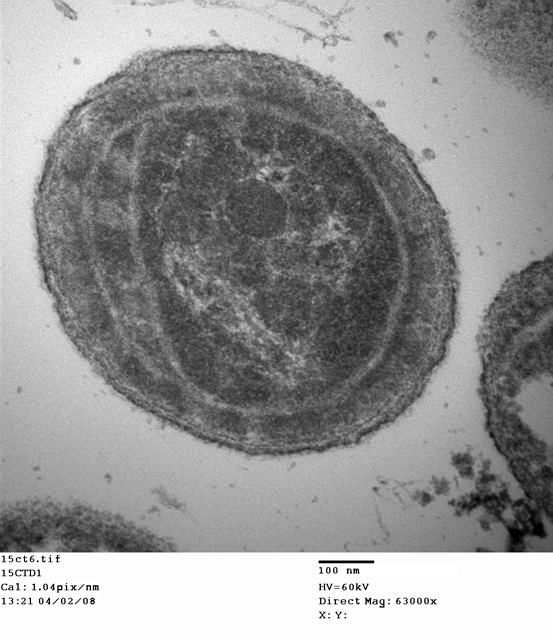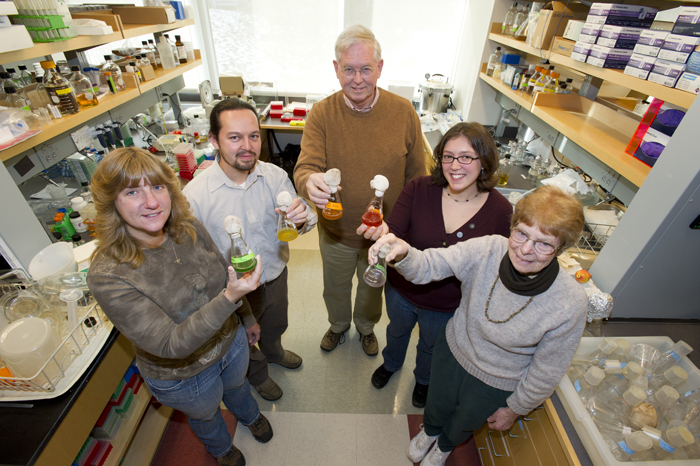Marine Cyanobacterial Proteomics
Collaborators
Research funded by the Ocean Life Institute WHOI, Center for Environmental Bioinorganic Chemistry at Princeton, the Center for Microbial Oceanography Research and Education. The WHOI Mass Spectrometry Facility is funded by NSF MRI and the Betty and Gordon Moore Foundation. Saito laboratory mass spectrometers were funded by WHOI, Office of Naval Research, and the Watson Foundation.
Project Summary
We have been analyzing the proteomes of marine cyanobacteria using the latest LC-MS technology. Identification of proteins from marine phytoplankton cultures can now be conducted on a proteome-wide scale where concentrated cellular material is lysed, chemically modified, and enzymatically digested into peptides. Through a new WHOI Mass Spectrometry facility at WHOI, funded by an NSF-MRI grant and a Gordon and Betty Moore Foundation grant we have access to a Fourier-transform ion cyclotron resonance (FT-ICR) mass spectrometer with three ionization sources (including nanospray and MALDI), and protein identification and de novo sequencing software (Bioworks and PEAKS). Saito also has an LTQ-MS and LC-QQQ capabilities in his laboratory, recently completing MS protein sequencing of ~1000 proteins from the proteome of Synechococcus WH8102. One of the striking findings from this study is the large number and high abundance of hypothetical proteins present that have no known function at this time. These hypothetical proteins represent important targets for future biochemical and biogeochemical studies. For example, many of these are membrane proteins and hence are likely related to unique nutrient acquisition strategies.

Synechococcus WH8102. (Photo by Dawn Moran, Woods Hole Oceanographic Institution)

Chemist Mak Saito and colleagues recently reported that a marine bacterium recycles and reuses a scarce nutrient, iron. Crocosphaera watsonii disassembles iron-containing enzymes used by night and builds the iron into enzymes for daytime photosynthesis. Using cultures maintained by microbiologist John Waterbury and researcher Frederica Valois, Saito, student Erin Bertrand, and researcher Dawn Moran analyzed Crocosphaera’s protein complement, revealing the daily switch. C. watsonii was discovered by Waterbury, Valois, and the late microbiologist Stanley W. Watson, namesake for the species and WHOI’s Watson Laboratory. From left, Moran, Saito (with C. watsonii), Waterbury, Bertrand, and Valois hold colorful cultures of differently pigmented bacteria from Waterbury’s collection. (Photo by Tom Kleindinst, Woods Hole Oceanographic Institution)